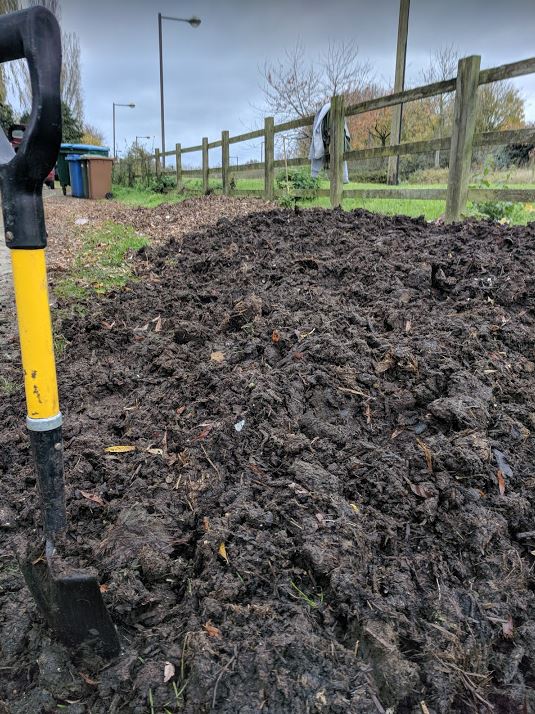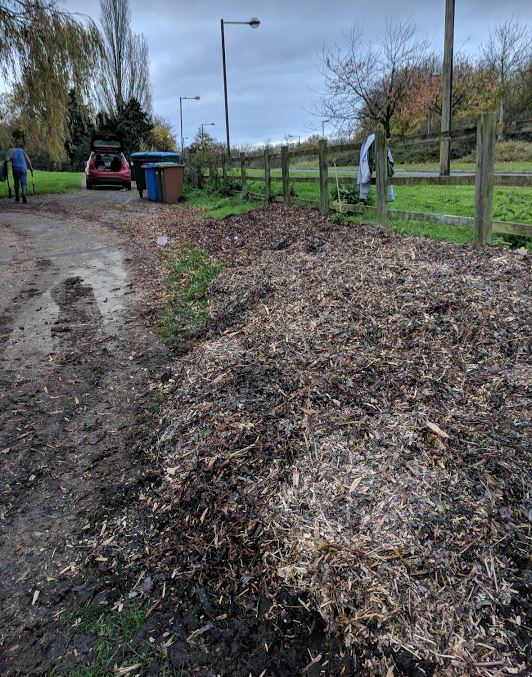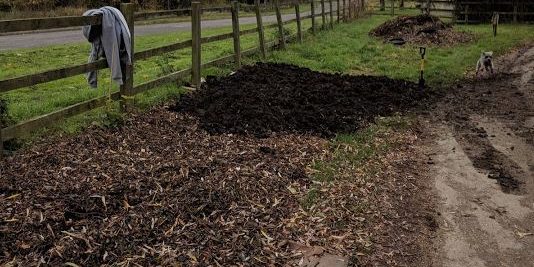We thought finding free woodchip was difficult until we had to find some free manure! Who’d have thought acquiring animal waste would be a difficult thing to do? Well, it turns out there’s good and bad manure…
Manure comes from any animal, but it isn’t all created equal. In order to kill any seeds and break down effectively, it needs to reach a temperature of at least 140 degrees Fahrenheit (60 C.) for a sustained time. The times vary dependent upon the different types of animal manure.
…Using manure as a fertilizer has probably been around since the early days of cultivation. Manures are a rich source of nitrogen as well as other nutrients. Since manure is a waste product, it must be used carefully. Raw manures may be used, but there is odor associated with unbroken down waste, as well as the flies that it attracts. Among the pros and cons of using manure that is raw is that it be too “hot,” which means its concentration of nutrients may be too high for plants and burn them. Raw manures can also make plants grow too fast, leaving them thin and leggy and inhibit germination.
Gardening Know How: Best Manure For Gardens – What Are Different Types Of Manure https://www.gardeningknowhow.com/composting/manures/manure-pros-cons.htm
As we’d come to the party late on our manure hunt, in order to have a plot to plant in next Spring we needed moist, well rotted farmyard manure which was rich and full of slow releasing natural plant nutrients, and therefore we knew we had to pay for it.
We bought one trailer load of wormy goodness (that had been composted for over a year) from Little Horwood Hill Farm and immediately got to work spreading it.
It was heavy work shovelling it off the trailer but worth the effort – especially in comparison to the time this trailer-load had saved us compared to our initial attempts to shovel and load individual sacks of raw manure into the car, doing runs from local farms.

Once all the muck was off the trailer, we set to spreading it over the extended bedding area.
We’d already set down sheets of cardboard, so we piled it on top and covered it with some rotted woodchip.
—————
This is just what we need for our first year but, subject to funds, we probably need to get all our volunteers involved to bring in some raw manure next year to help keep costs down. Either that, or we do some dedicated fundraising and/or pleas for manure!
The key thing we learned is that we need to make sure we plan ahead and apply it in good time so that it has time to break down properly before the next season’s planting.









